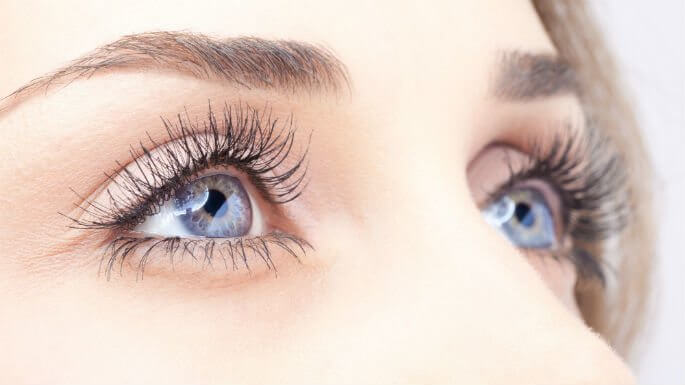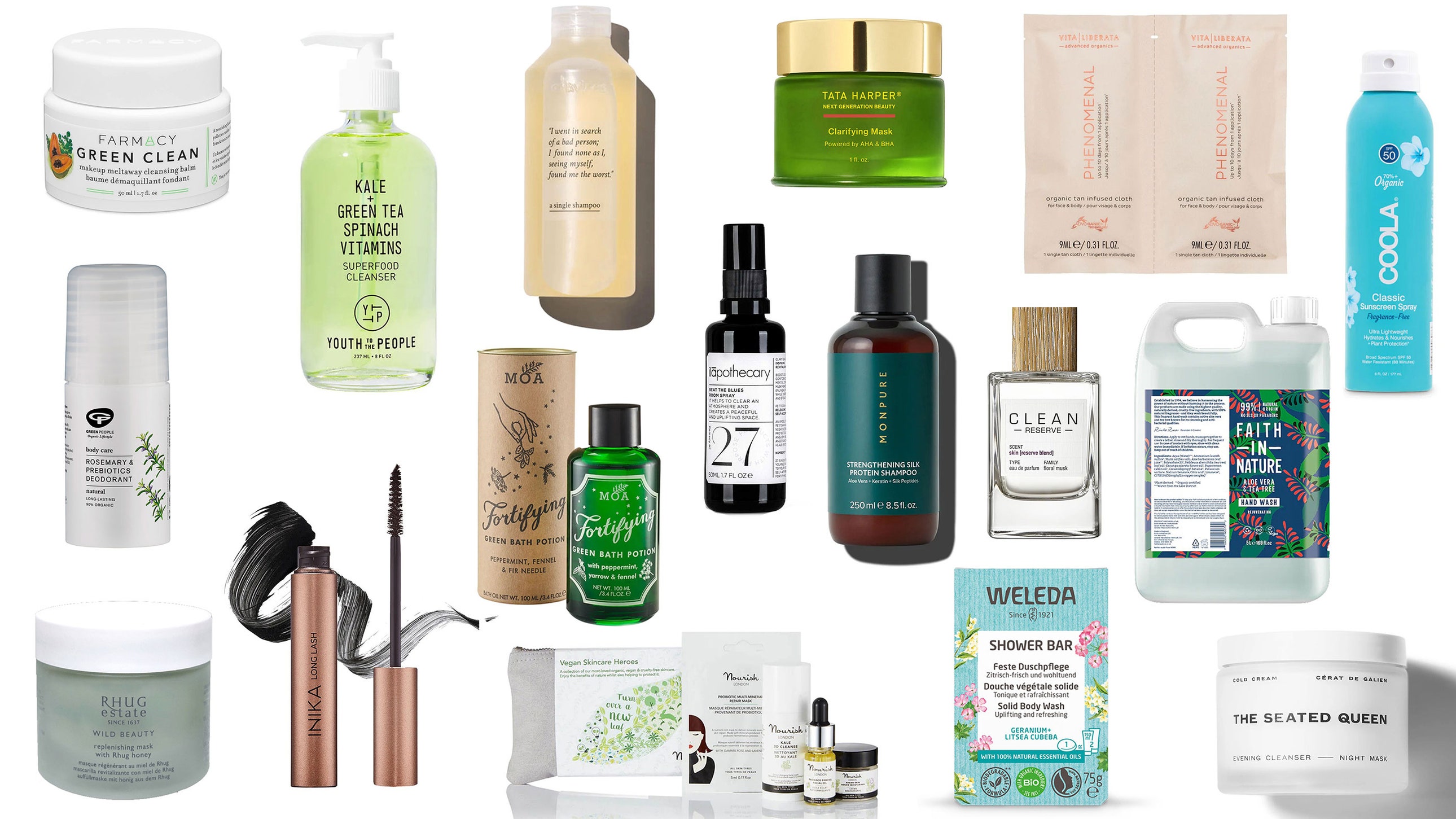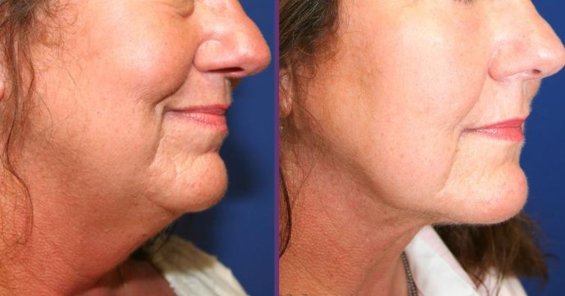
There are several pros and cons to choosing saline or silicone implants for your breast augmentation surgery. Silica is more malleable, and less likely that it will rip. Saline implants are filled using saltwater. These implants require a smaller cut, but also look less natural. Saline implants are not recommended for those with very thin breast tissue.
The breast's natural teardrop shape is mimicked by shaped implants
Shaped breasts implants look more natural-looking that round implants. They appear thinner at the top, but gradually increase in fullness below the nipple. This shape is a favorite among women who want a natural-looking enhancement. These implants can be filled with cohesive silicone gel and tend to be less likely to cause ripples, folds, and creases than round implants.

Silicone implants are less susceptible to rippling
Rippling is common with saline implants, but the amount of rippling is usually less noticeable with silicone implants. Silicone implants contain a cohesive gel filler. The gel is very similar to the skin and natural breast tissue. Silicone implants are less likely cause rippling so they may be better suited for smaller women.
Saltwater is used to fill saline implants.
Filling a sterile solution of saltwater with a saline implant is done. Some of these implants can be filled pre-filled, while others are filled during an implant procedure. They come in a variety of shapes and sizes, and may be smooth or textured. They are FDA approved for breast augmentation by women 18 years and older. They are also often used during breast reconstruction.
Gummy bear implants have a firmer silicone gel
Gummy bear breast implants have a firm silicone gel and are less likely to become misshapen after surgery. The firm silicone gel, and teardrop shape of the implants help to keep their shape and reduce the possibility of capsular contracture. These implants are more firm than regular silicone and saline implants, and they have firmer outer shells.
For women aged 22 and over, saline implant approval has been granted by FDA
The breast implants made from saline are filled with sterilized seawater. They are less expensive and more flexible than silicone implants that are typically placed intraoperatively. Saline implants can be shaped and sized to fit the patient's needs. They are also FDA-approved for women aged 22 and older.

Saline implants are less susceptible to capsular contracture
Study results have shown that silicone breast implants are more susceptible to contracture than saline implants. There are a few caveats in these findings. First, patients must be willing to pay for a reoperation. They should also acknowledge this in written informed consent forms. Second, additional reoperations may worsen the condition and increase the risk of permanent tissue compromise.